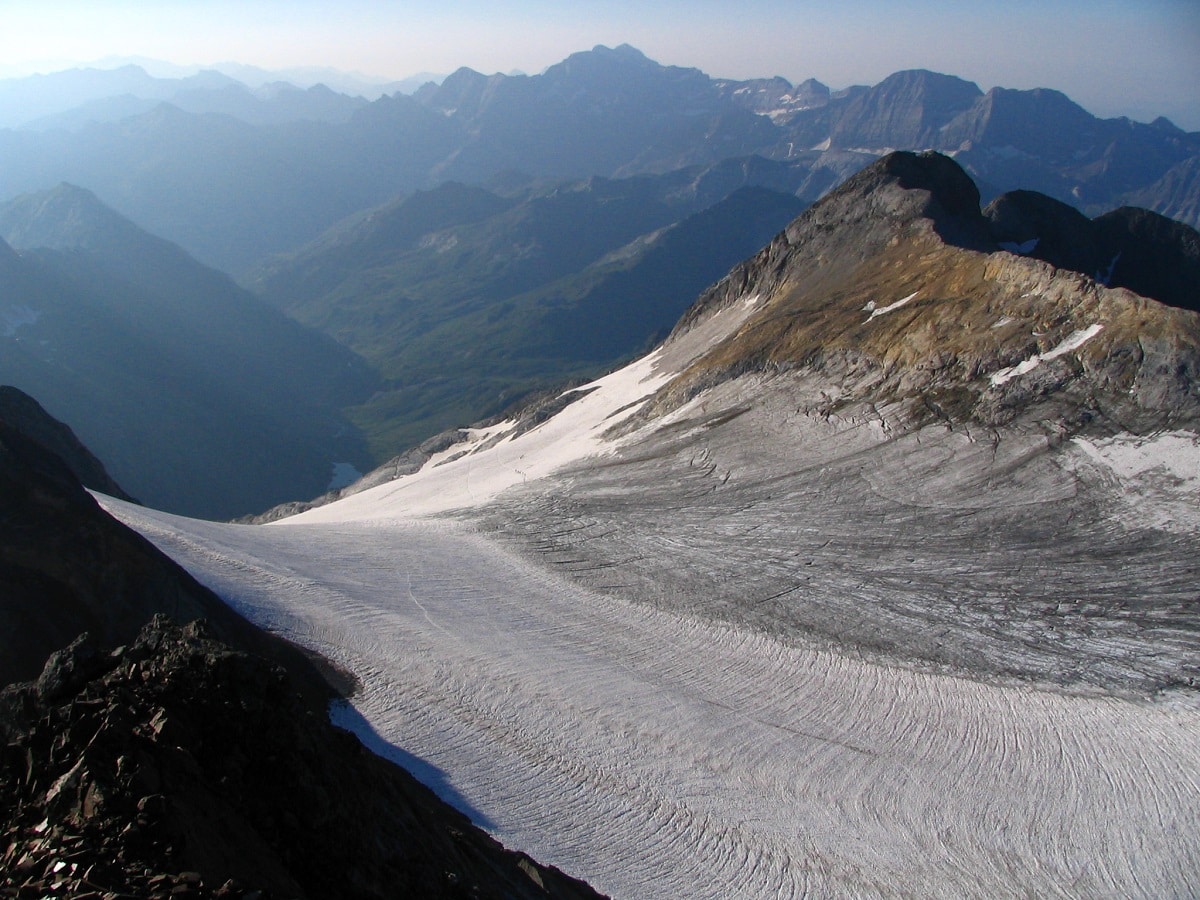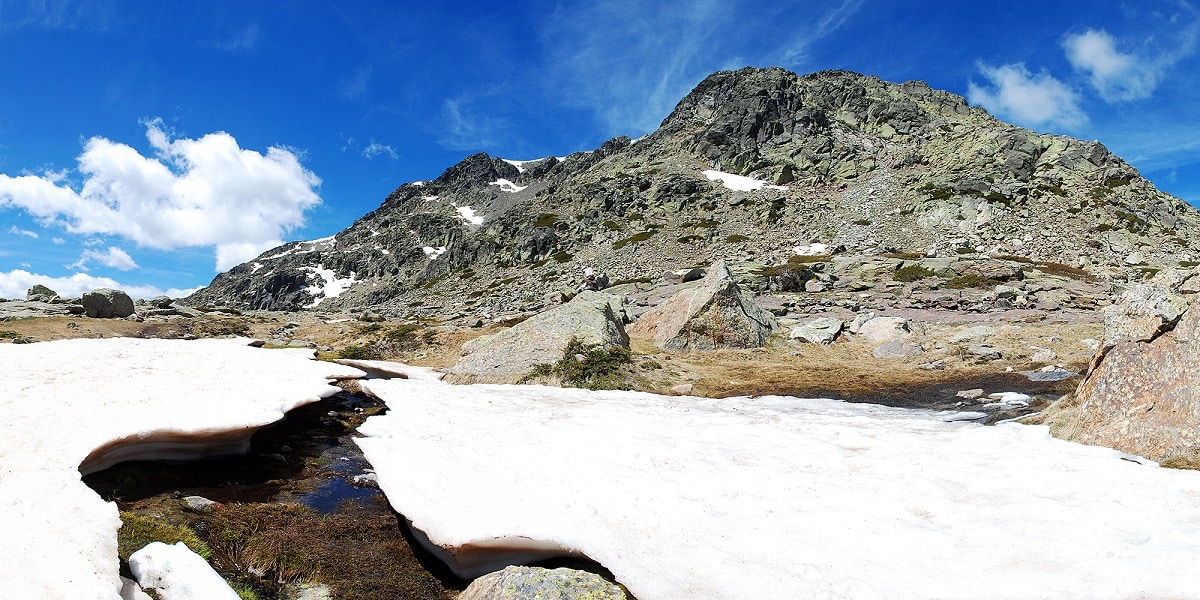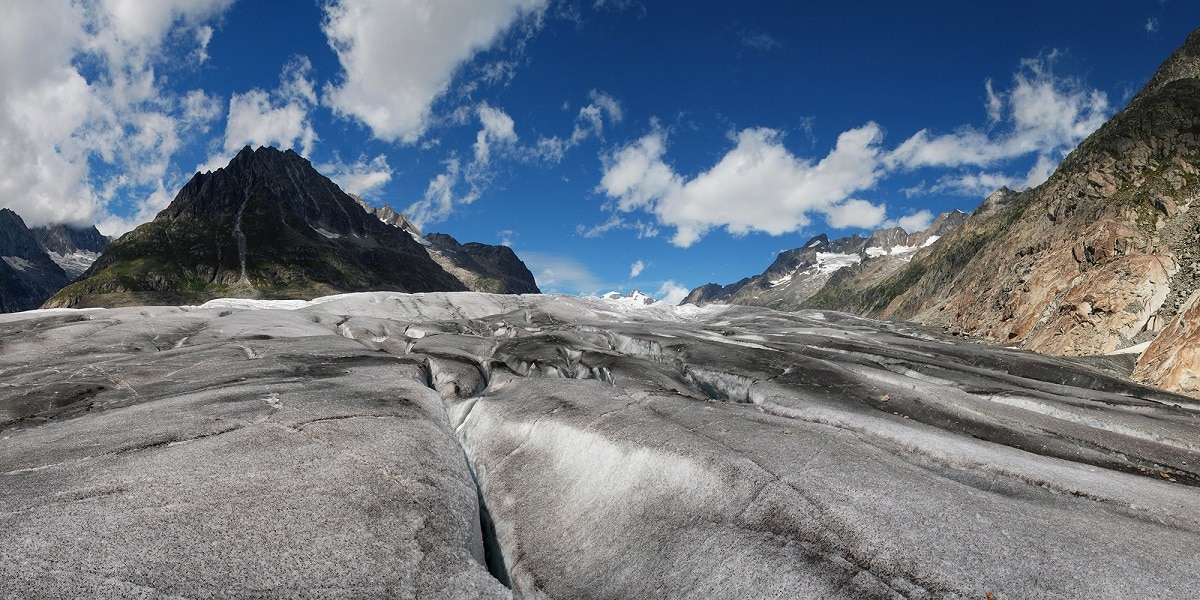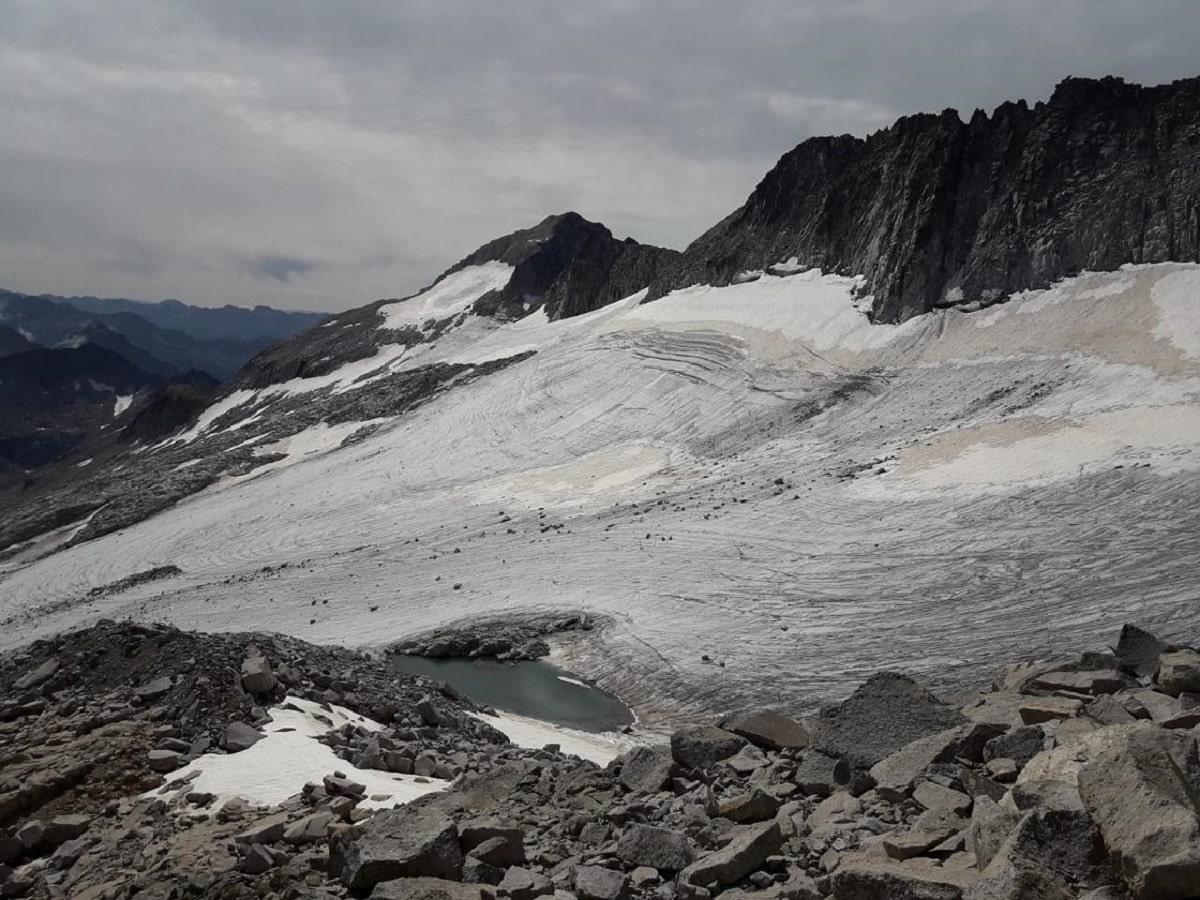
El glacialism is known as a series of phenomena related to glaciers. For their part, glaciers are masses of ice that accumulate in mountainous areas covered with permanent snow, whose lower part slides slowly like a river. Glacierism becomes extremely important in the face of the geological study of valleys and mountains.
For this reason, we are going to dedicate this article to telling you everything you need to know about glacialism and glaciers.
What is glacialism

It is worth mentioning that glacialism is often used as a synonym for glaciation. Both of these concepts may refer to the creation of glaciers and ice intrusions that occurred in several large regions in the distant past.
In particular, glaciation, an extremely long period of time during which the Earth's temperature drops, causes the glaciers and ice sheets that float in the polar oceans to expand. In this case, we have to talk about different glacial periods, the most recent of which is called Würm, which it began 110.000 years ago and lasted about a million years.
As an interesting fact, we should point out that, according to the way in which the branch of physical geography known as glaciology defines the concept, one of its main characteristics is the presence of ice sheets in both hemispheres (South and North). If so, we are still in an ice age today, as both Antarctica and Greenland have ice caps.
What are glaciers

The glaciers are believed to be remnants of the last ice age. At that time, extremely low temperatures forced the ice to flow to lower latitudes where the climate is now warming. Today we can find various types of glaciers in the mountains of all continents except Australia and some oceanic islands. Between latitudes 35°N and 35°S, glaciers they can only be seen in the Rocky Mountains, Andes, Himalayas, New Guinea, Mexico, East Africa, and Mount Zad Kuh (Iran).
Glaciers occupy approximately 10 percent of the entire land surface of the Earth. They are usually found in alpine regions because the environmental conditions are favorable for it. That is, the temperature is low and the precipitation is high. We know of a type of precipitation called mountain precipitation, which occurs when air rises and eventually condenses, rain falling on top of a mountain. If the temperature remains below 0 degrees, this precipitation will appear as snow and will eventually settle until a glacier forms.
Glaciers found in high mountains and polar regions have different names. Those that appear in high mountains are called alpine glaciers, while polar glaciers are called ice caps. During warm seasons, some release meltwater due to melting ice, creating important bodies of water for flora and fauna. Also, it is of great use to humans as this water is supplied for humans. It is the largest freshwater reservoir on Earth, containing up to three-quarters of the freshwater.
A glacier is made up of different parts.
- Accumulation area. It is the highest area where snow falls and accumulates.
- Ablation zone. In this zone the processes of fusion and evaporation take place. It is where the glacier reaches the balance between increase and loss of mass.
- Cracks. They are the areas where the glacier flows faster.
- Moraines. These are dark bands formed by sediments that form on the edges and tops. The rocks dragged by the glacier are stored and formed in these areas.
- Terminal. It is the lower end of the glacier where the accumulated snow melts.
embossed shape

The concept of glacialism is also often used to refer to the relief modeling process from apparent drops in temperature, which give rise to the development of glaciers. In this way, if a continuous drop in temperature is recorded in an area, a glacier is formed: glaciation occurs.
Therefore, glaciation is the result of climate. For example, when a glacier forms, it grows due to the contribution of ice from frozen water, snowfall and avalanches. Glaciers, in turn, lose mass through the separation and evaporation of icebergs. The difference between the loss and gain of mass is called glacial equilibrium.
Glacierism in the Quaternary
Although we can find evidence of glaciation in various geological epochs, the so-called Quaternary glaciation is the one that arouses the most interest for researchers because its legacy can be observed in the current landscape. In any case, it is worth clarifying that this name was also given to the Pleistocene and should not be confused with the Holocene.
The Pleistocene glaciations occurred as a consequence of different cold pulsations or glaciations of the Quaternary, which are the following: Gunz, Mindel, Riss and Würm. These days, it is normal to accept another existence, the one called Donan, which will be prior to the other four.
Seen all this, in the Iberian Peninsula, the glacial area includes a large number of summits. The only relevant evidence of Quaternary glacial action that we have found in the Iberian Cordillera is the massif called Moncayo: Castilla, also known as Peña Negra, Lobera and Moncayo, with elevations of 2118 m and 2226 m respectively and 2316 m. In the southeast it has lower peaks such as Sierra del Taranzo and Sierra del Tablado.
Global warming
This close link between glaciers and climate has made glaciers a topic of interest for scientists and conservationists. In this sense, global warming affects glaciation and promotes the retreat and disappearance of glaciers. This is why efforts to slow and reverse climate change are so important for the planet.
As you can see, glacialism becomes quite important in the study of the geology of valleys and mountains. I hope that with this information you can learn more about glacialism and its characteristics.